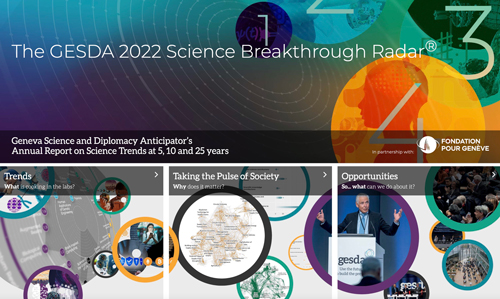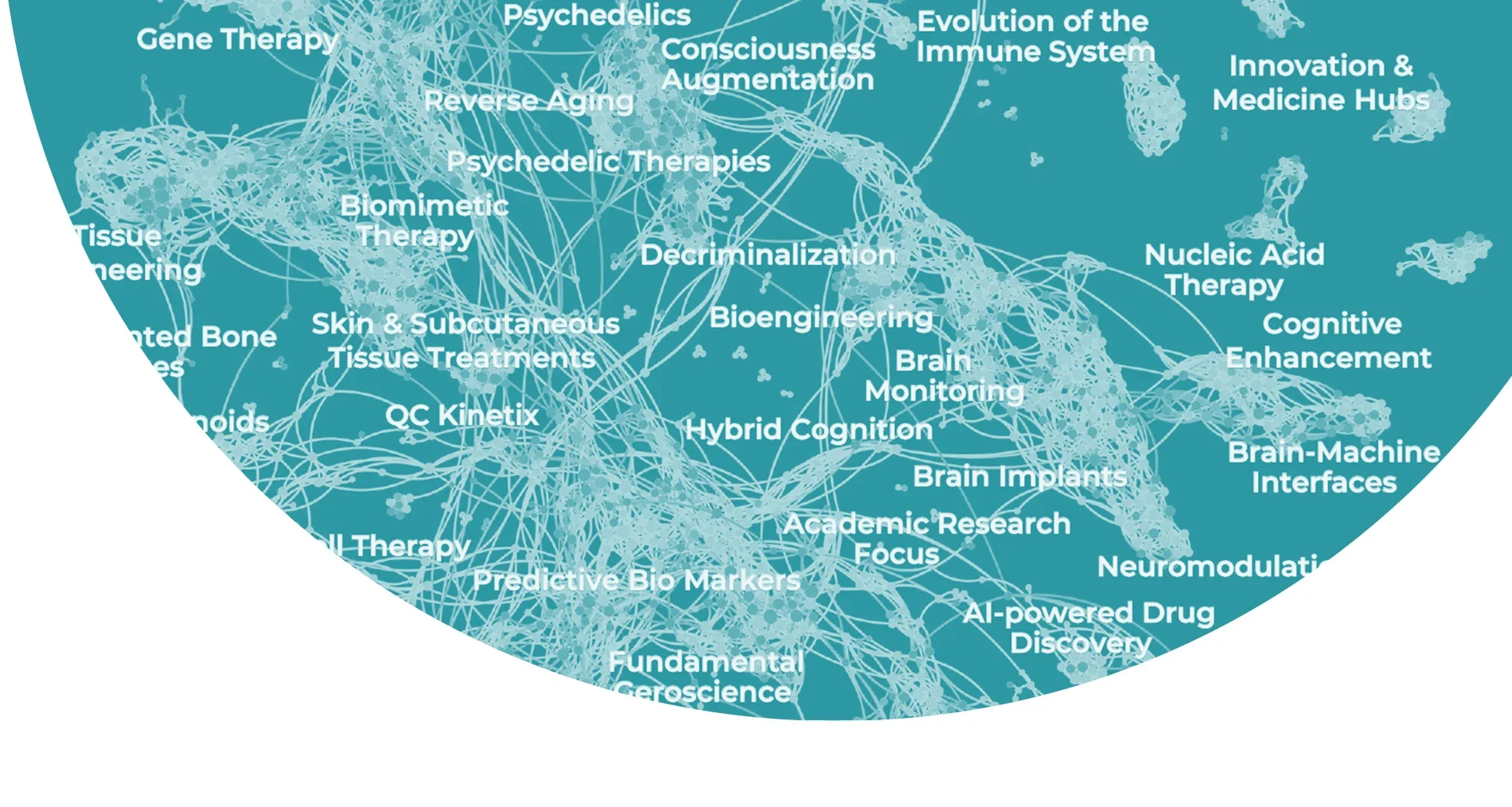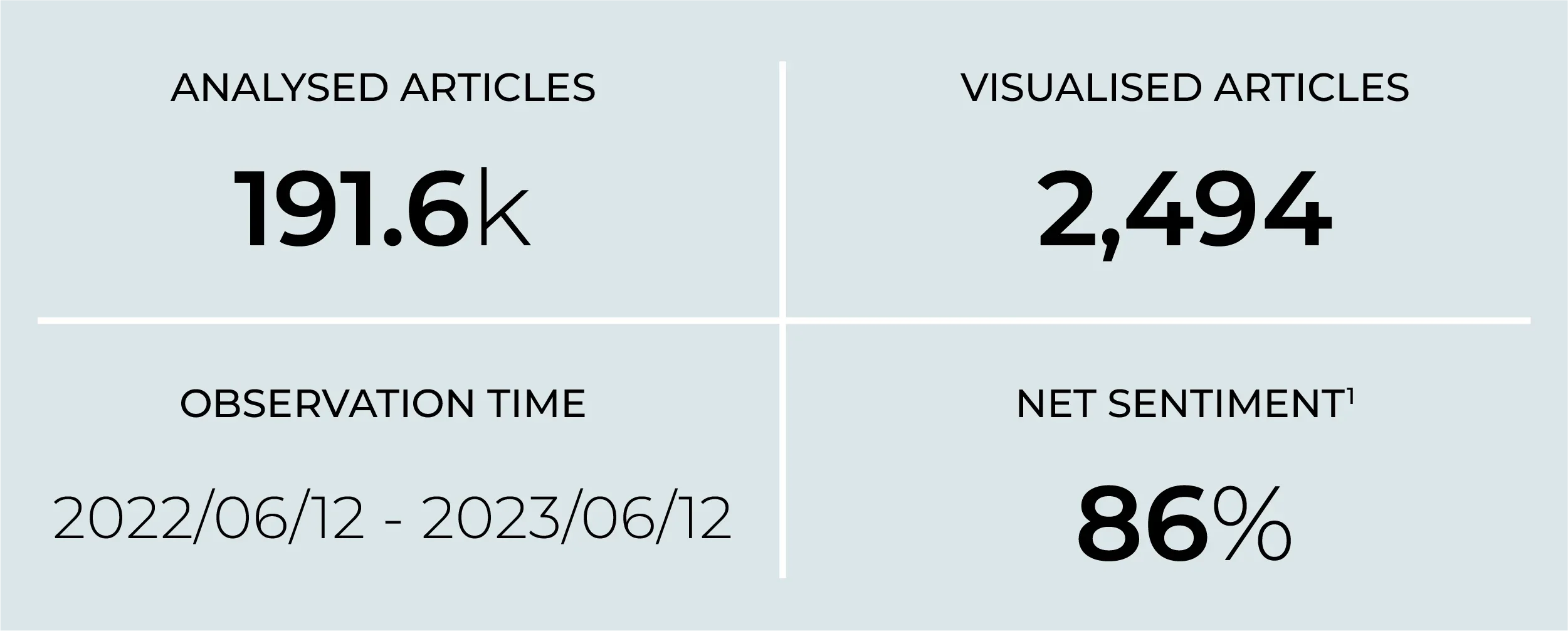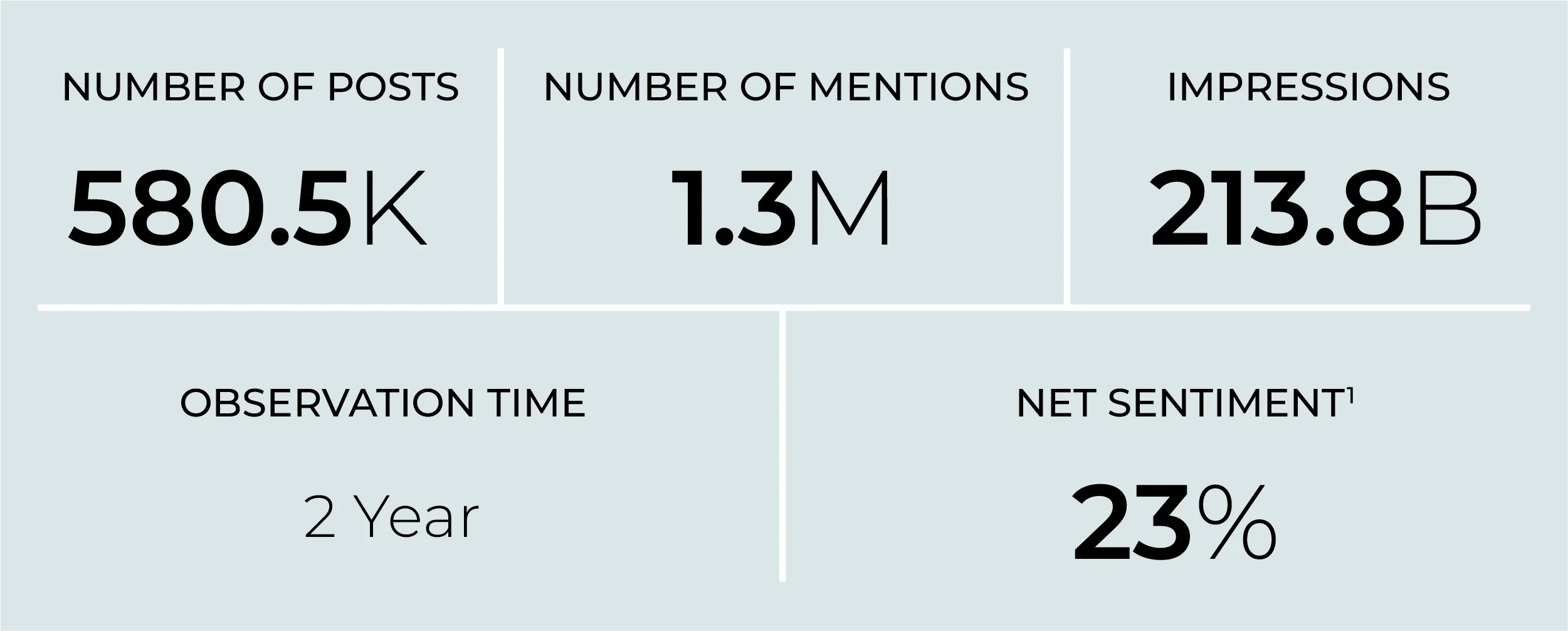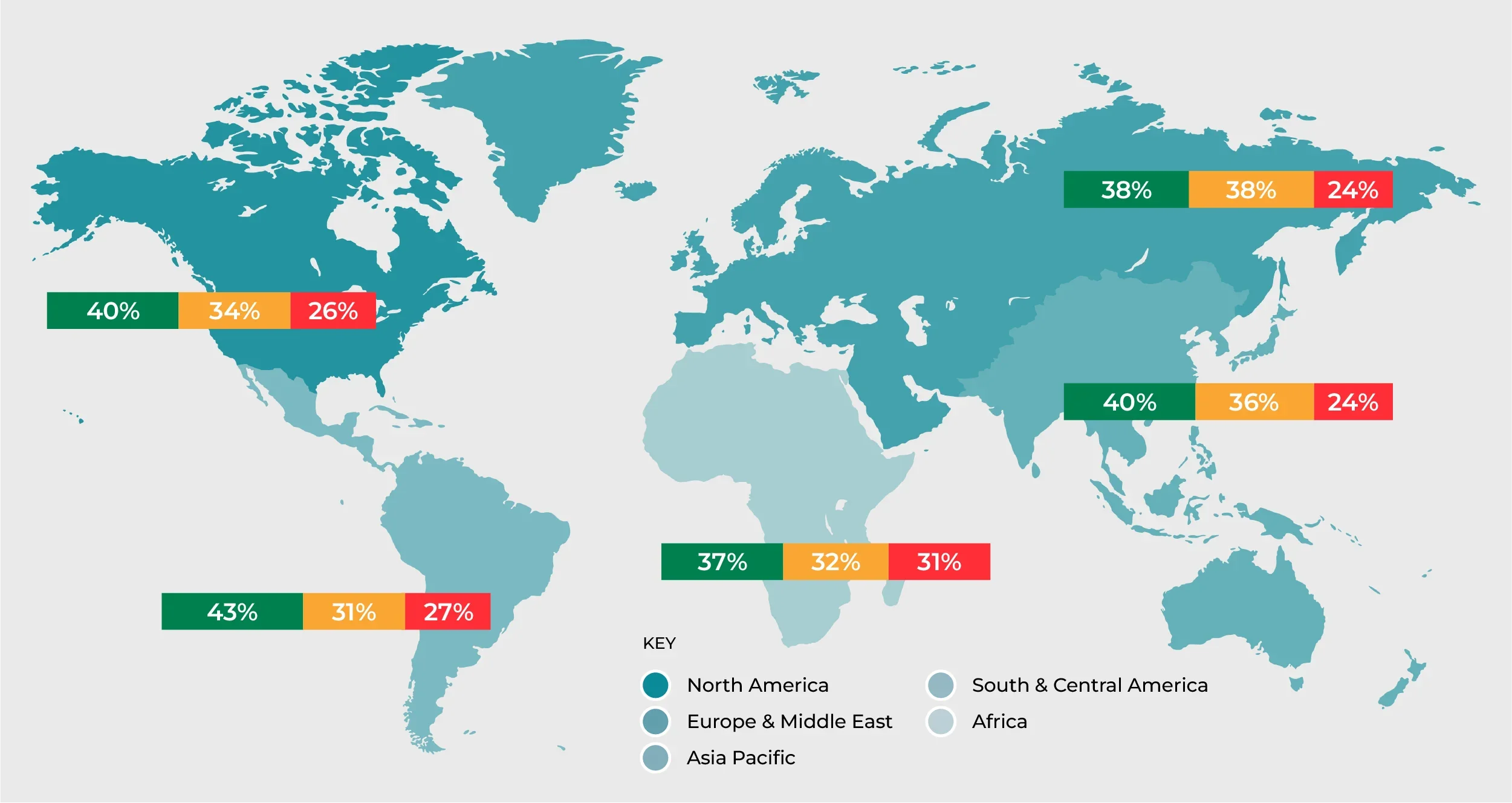Mainstream media
In the last year, a comprehensive analysis of 191,000 articles spanning news, blogs, and scientific publications revealed an 86 per cent net positive sentiment while discussing developments in human augmentation.
Social media
Over 2 years, 580.4K distinct social media posts covered topics related to human augmentation, such as cognitive enhancement, genetic engineering, health extensions, consciousness augmentation, organoids, therapeutics, precision psychiatry, psychedelics, and neuroaugmentation, with 23 per cent net positive sentiment.
Social media: emerging hot topics and discussions
Neurorights, mental privacy and free-will
The exponential growth of non-invasive technologies in neuroaugmentation and brain monitoring has amplified concerns about privacy. As our innermost thoughts and mental states become vulnerable to external surveillance and manipulation, concerns are centred around significant implications for personal autonomy and the potential for neuro-technological abuses.
The ethical dilemma surrounding advancements in precision psychiatry reveals the potential for unprecedented manipulation of human behaviour, raising concerns over blurring the line between choice and manipulation.
Neuro-manipulation technologies and warfare
Advances in technology that enable manipulation of human thought and behaviour, such as brain-machine interfaces and neuropharmacology, offer potential for optimising human performance. However, oversight and governance concerns arise from the dual-use of these technologies. Neuroweapons, fuelled by neuroscience advancements, raise misgivings about their widespread implications for warfare, intelligence, and national security.
Memory, consciousness and identity
Advances in memory modification and cognitive enhancements present a future where personal memories can be manipulated, raising questions about identity, authenticity, and control. The prospect of memory modification technologies as commodities is considered to have implications for individual autonomy and the potential for societal control.
Emerging technologies in consciousness augmentation and hybrid cognition have implications for the future of humanity, as they reshape our understanding of consciousness and open new possibilities for cognitive enhancement: what does it therefore mean to be human?
Gene editing as a driver of inequality
While somatic human genome editing is considered to show promise for curing once-incurable diseases, concerns about accessibility and genetic inequalities exist. The use of CRISPR/Cas9 technology could inadvertently exacerbate societal divides due to its cost, availability, and ethical implications; the unequal access to its benefits could lead to significant disparities in health, longevity, and genetic enhancement, thereby deepening pre-existing inequalities.
Sentiment towards Human Augmentation across the world
- Users in Nigeria, Kenya, and South Africa contribute to more than 80 per cent of English language posts originating from Africa. Additionally, an upward trend in discussions surrounding human augmentation can be observed in Ghana, Zimbabwe, and Namibia.
- In APAC, the majority of discussions around human augmentation takes place in Australia and New Zealand, followed by South Korea, Malaysia and India.
- In Europe and the Middle East, Montenegro leads the post per capita ranking, followed by the Netherlands, UK and Germany.
- In Latin America, users are most frequently talking about human augmentation in Costa Rica, Colombia, Guyana and Chile.
- The US is still the leader when it comes to total postings worldwide, even when normalised to their population density.
How is sentiment changing?
Mainstream media coverage has increased In 2022, 115,000 media articles were published relating to Human Augmentation, increasing to nearly 192,000 articles by 2023. Hybrid cognition, memory modification, novel bioengineering approaches to human genetic engineering, organoid research, personalised organoids and tissue engineering have shown the greatest increase in media popularity during this time.
Social media reveals changing sentiments and demographic engagement There has been a substantial 100 per cent increase in popularity of neuroaugmentation over the past two years. This highlights the growing interest and social media traction surrounding Neuralink and related advancements in the field.
The rise in discussions and scrutiny regarding the feasibility, safety, fairness, and broader implications of healthspan extension, along with the increased frequency of posts related to neuroaugmentation, reflect a shift towards scepticism and an increased diversity in the range of perspectives on the effectiveness and implications of these advancements in human augmentation.
Emerging Topics
Associated Topics
Precision Psychiatry
Future of Psychedelics Medicine